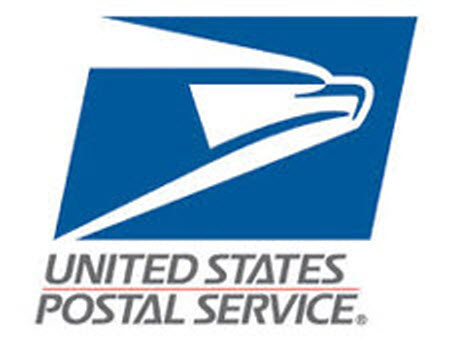PC Postage Comes Under Scrutiny by USPS Watchdog

USPS Office of Inspector General (OIG) is concerned that more vendors haven’t joined the US Postal Service’s PC Postage program, particularly after market consolidation in 2015 when Stamps.com acquired Endicia. But these aren’t the typical concerns regulators might have with regard to a small number of companies operating in an industry – the government had okayed the merger, determining it wouldn’t adversely affect competition.
Instead, the Inspector General focuses on the role of the US Postal Service played in the current state of PC Postage, noting providers now number four.
Since 2000, only one new provider joined the program, which the OIG called “a testament to the high barriers in place since PC Postage’s inception.” The process of getting approval is “long and rigorous, requiring a considerable commitment of time, money, and technical expertise” and includes strict computer-security requirements.
The report states: “That (company name redacted by the OIG) was the only new provider since 2000 is a testament to the high barriers in place since PC Postage’s inception. But now the Postal Service has stopped accepting new applicants entirely, ensuring that the number of providers will remain very small for the time being. Officials say this is being done in order to review the onboarding procedures.”
The OIG explained the importance of PC Postage to the Postal Service, helping its package business. It noted that providers have salesforces “that can help convert some small- and medium-sized businesses from other carriers to USPS,” and stated, “PC Postage gives smaller customers a way to access indicia and shipping labels no matter the time of day and without a trip to the post office.”
The Inspector General also highlighted how PC Postage has grown as a contributor to postal revenue:
“There has been a sharp rise in the volume and revenue passing through PC Postage. In FY 2004, it accounted for $275 million in revenue, increasing to $1.9 billion in FY 2009. That figure rose to about $6 billion in FY 2018. Such rapid growth has turned PC Postage from a niche revenue channel into one of great importance.”
In 2015, we noted that PC Postage is different from other industries: normally competition drives down prices, which is good for consumers – but the USPS is the one setting postage rates paid by consumers, not the postage providers. However, the OIG is concerned about the impact of consolidation on innovation: “The lack of competition may be responsible for the lack of technological innovation in this space. PC Postage technology has not substantially changed over two decades. Former technologists from PC Postage providers and the Postal Service say that providers use older systems which tech companies consider outdated.”
The report delves into PC Postage alternatives. “The Postal Service also has three proprietary solutions, with no usage fees, for electronic postage,” it wrote. eVS, Click-n-Ship, and ePostage have been around for years but have been limited by several factors.
- The Electronic Verification System (eVS) allows large shippers to access shipping labels remotely. (The electronic manifest system “allows high-volume shippers to pay for postage online for drop shipments.”)
- Click-n-Ship, through which an individual can enter details about a single package on USPS.com and print out the accompanying label.
- ePostage, “an eVS add-on built for small merchants selling goods through an online marketplace like Amazon or Etsy. ePostage allows the merchant to buy postage through their marketplace account, then print the labels and mail their packages.”
The latter system is opening up to more players, the report noted in a section titled, “ePostage Enters a New Frontier”:
“A recent development could open the Postal Service’s ePostage offering to a larger audience. In 2015, the Postal Service licensed NeoPost, which was briefly a PC Postage provider in the early 2000s, to offer ePostage to third-party shippers. ePostage had previously only been available to shippers who were selling goods on a marketplace. This change could open ePostage up to more customers. Other shipping services companies have begun following NeoPost’s lead; Shippo, PostageMates, and International Bridge received ePostage certification within the last two years. (Section redacted by OIG).
“Becoming an ePostage vendor may appeal to companies for whom becoming a PC Postage vendor did not. The approval process is far less onerous. (Section redacted by OIG).”

The Inspector General concluded: “In order to ensure that it is maximizing the benefits of PC Postage, the Postal Service should reexamine the program and address the areas that could be functioning better.”
It made 5 recommendations, but redactions make it impossible to know what they are.
The report makes for interesting reading, you can find a link on the USPS OIG website. It will be interesting to see if it ultimately has any impact on how online sellers purchase and pay for online postage for their ecommerce orders.








Gloss